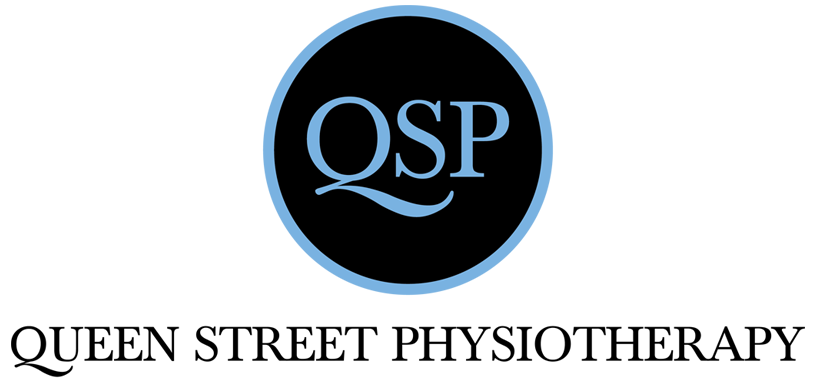Good news QLD’ers…..the gyms are re-opening! There has been two types of people, when it comes to exercise during the Covid-19 pandemic. Those who have increased their exercise regime and are now doing more cardio than ever. And those who have been spending more time watching Netflix and testing out new recipes. Whether you’ve been smashing the cardio or taking life a little easy, check out the following tips before returning to a gym-based routine.
Tips to prevent injury getting back to the gym following your Covid-19 break!
Your body generally does a great job of adapting to exercise routines. However, if you happen to take a break from your regular training you tend to de-condition quite quickly and lose that muscular adaptation faster than you would imagine. Your risk of overload injuries such as muscle strains and joint pain is greatly increased if you jump straight back into your normal exercise routine after taking a break! Below are 6 tips that are important to consider when returning to the gym or exercise after lockdown.
1. Don’t go from 0 to 100!
Gradual return to exercise is key! Don’t start at the same intensity as you were doing before. That goes for both frequency and training load. It’s important to start low and gradually build back up your strength and endurance. This is the same regardless of the type of exercise; gym, weights, running, cycling etc.
2. Warm up
Don’t overlook a good warm up. This needs to be for 5-10mins prior to your desired activity. The aim is to increase your heart rate, get the muscles and joints warmed up, and prepare the neuromuscular system to undertake the activity ahead. If you are doing a class, they will likely include a warm up before starting. If your doing your own activity, your warm up can be simple and include some walking, jogging, gentle cycling and dynamic stretches/mobility exercises including squats, lunges, and single leg balance exercises. All these will prepare your body for exercise and help prevent overload and stress injuries.
3. Cool Down and Stretch
The opposite of warm up, here you want to focus on gradually lowering the heart rate and blood pressure. You also want to stretch the main working muscles used in the exercise session. This can include a walk or light jog and some longer duration stretches.
4. Recover
As you are returning to exercise, allow time throughout the week for your body to recover. This includes rest days. Don’t try to go to the gym every day of the week on your return, allow rest days between sessions whilst you are building back to your previous fitness. This is particularly important if you are thinking of joining a HIIT (high-intensity interval training) style exercise regime. HIIT is a great way to improve cardiovascular fitness, build muscle strength and burn calories, however it places higher demand on muscles and tendons. So if you are new to this style of training you should try to avoid consecutive days of the same to reduce the risk of injury. It can also be helpful to set aside some time to do some stretching and foam rolling to improve your muscle recovery, reduce muscle soreness, and maintain/improve flexibility.



5. Importance of technique
If you are new to resistance or HIIT training, or you haven’t been able to lift heavy weights during lockdown, technique is still important. Don’t sacrifice proper technique to lift heavier weights, or keep up with others as this can lead to injury.
6. Nutrition
It is important to fuel your body with the correct foods also. Carbohydrate rich foods help fuel the body for exercise and performance, and protein rich foods will help with muscle repair post exercise. It is also important to hydrate properly, aim to drink 2-3 litres of water per day.
If you are experiencing any pain or injury on return to exercise, or have any concerns, come see one of our friendly Physiotherapists here at the clinic.


